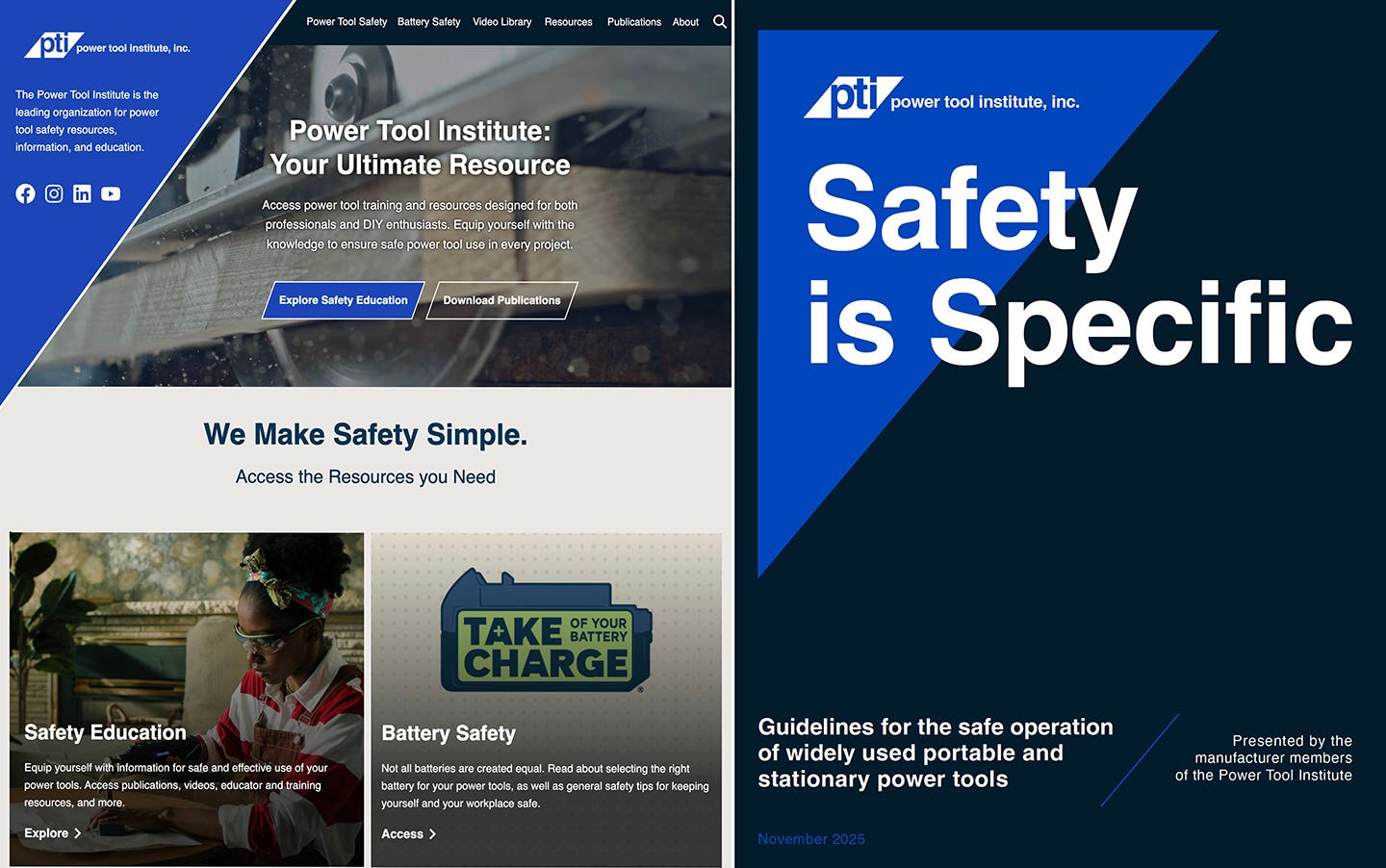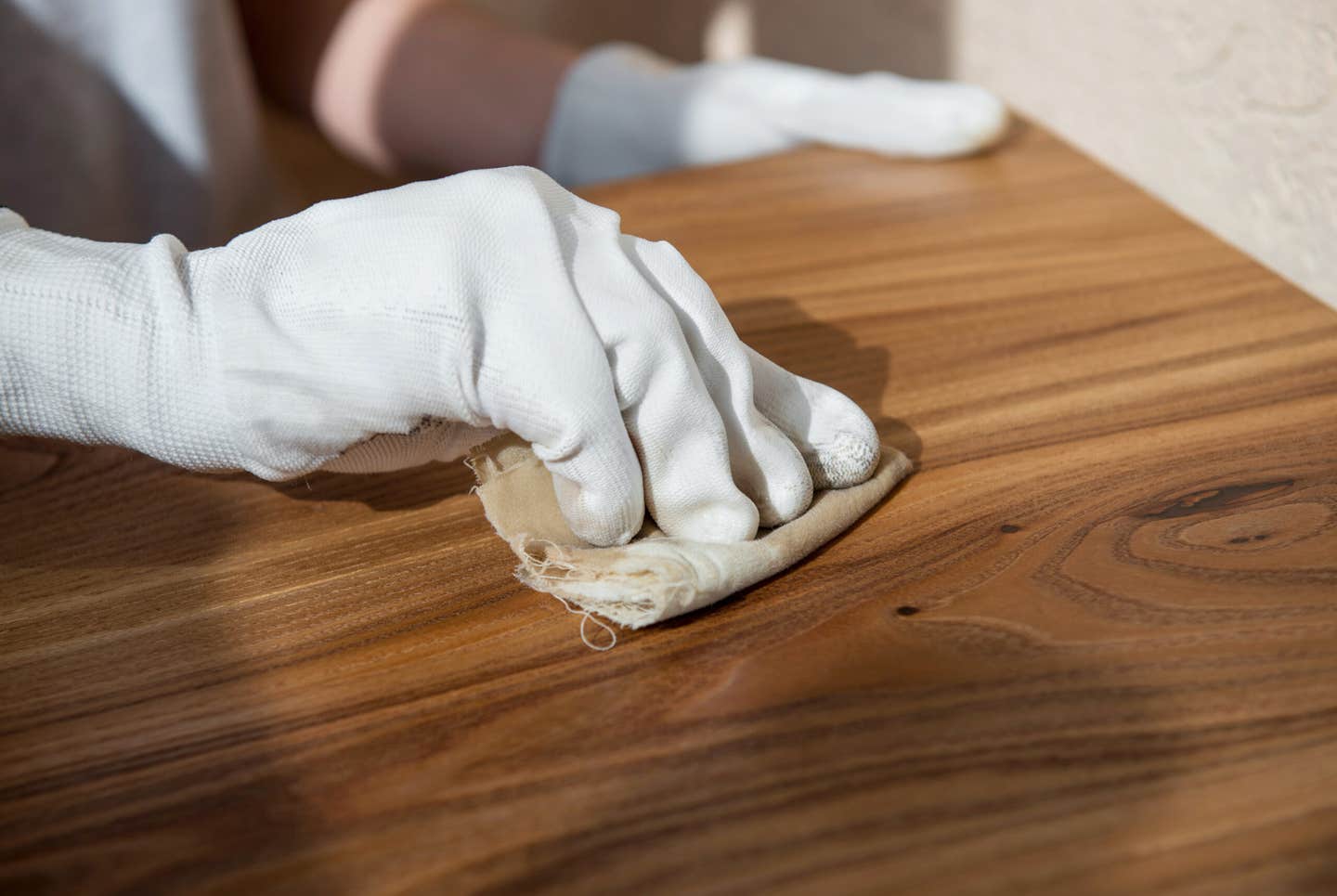Sharpen your skills with a CNC metal-cutting machine
It’s not unusual for a woodshop to call on a metal shop for help with a project. Maybe you need a custom range hood, some metal railing or a stronger…
It’s not unusual for a woodshop to call on a metal shop for help with a project. Maybe you need a custom range hood, some metal railing or a stronger method to hang some cabinets.
If a larger number of parts are needed and they must be accurately cut and exactly the same, or if the shape is complex, such as a piece with a variety of arcs, then producing these parts with a CNC metal-cutting machine will make the job faster, easier and give you more certain results.
Your options include a laser, plasma or waterjet, all capable of cutting mild steel, stainless steel, aluminum, copper, bronze and brass. They can also cut flat plate and sheet metal, along with round and square tubing. They look very similar to CNC machines that cut wood, though with a more substantial table to handle the higher material weight.
Laser cutting is by far the most expensive option, both upfront and through the machine’s years of service. A laser works by amplifying and reflecting light into a very narrow beam. The narrowest part of the focused beam is generally less than 1/64” in diameter. Depending upon material thickness, kerf widths as narrow as .004” are possible. Lasers can cut 1/2” mild steel, 1/4” aluminum and stainless steel up to 3/8” thick.
Advances in laser technology allow for continuous bevel-edged cuts in metal sheet stock and tubing, done with a B-C head so the Z-axis can rotate around the surface to be cut in an upside-down cone fashion.
Because of the localized heat from the beam of light, the distortion and discoloration of the metal itself is minimal. Burring is also a non-issue. As a result, very little sanding or buffing is usually required. This alone makes laser cutting the preferred choice for furniture or decorative items that will be seen.
Plasma cutting uses an accelerated jet of ionized/compressed gas. Visually, it’s similar to how an oxyacetylene torch works, but nothing is burning to create the heat to melt and blast through the metal. Instead, parts of the molecules of the compressed gas get separated by the flow of electricity through the plasma cutting tool tip, which creates a channel for the electricity to follow. In nature, this can be seen as lighting. This channel of separated molecules has the same conductive properties as metal, so the head of the plasma tool is the positive and a grounding clamp provides the negative, thereby creating a completed circuit back to the plasma cutter power supply.
The use of ionized gases makes plasma cutting an effective means of cutting thin and thick materials alike, as the amount of electrical power and compressed air can be controlled on a consistent basis by settings in the CNC software controller.
Hand-held plasma heads, often called torches, can usually cut steel plates up to 1-1/2” thick. However, when a machine-mounted plasma cutting head is mounted on a CNC machine, this combination can cut steel up to 6” thick, if the plasma power supply is powerful enough.
Since plasma cutters produce a very hot and very localized cone to cut with, they are extremely useful for cutting sheet metal in curved or angled shapes. But the edges are much rougher than if they were cut with a laser.
Cutting large and small pieces of metal with a plasma cutter is usually the most economical method for producing hidden structural parts.
A waterjet uses s stream of ultra-high pressure water (between 30,000–90,000 psi) through a cutting tip, leaving a kerf of as thin as.003”. The waterjet’s main advantage is there is no heat involved, so metal parts will be neither distorted nor discolored and there will be only minimum burring.
An abrasive waterjet cuts with an abrasive, like garnet, to cut through thicker materials at a higher speed. It is much more powerful than a “straight” waterjet and cut can glass, stone and composites.
Safety first
Metal is a lot heavier than wood, so you’ll have to use your brains and not your brawn to get it around the shop.
For example, a 4x8 sheet of 3/4” steel weighs nearly 1,000 lbs. A plywood panel is about 75 lbs.
Steel slivers are much worse than wood slivers. They are extremely difficult to remove and can cut into body parts when ejected from a machining operation. Safety glasses and protective clothing, including work gloves, are a must.
A welder’s mask is required for laser and plasma cutting, while hearing protection is necessary with waterjetting.
This article originally appeared in the October 2015 issue.







